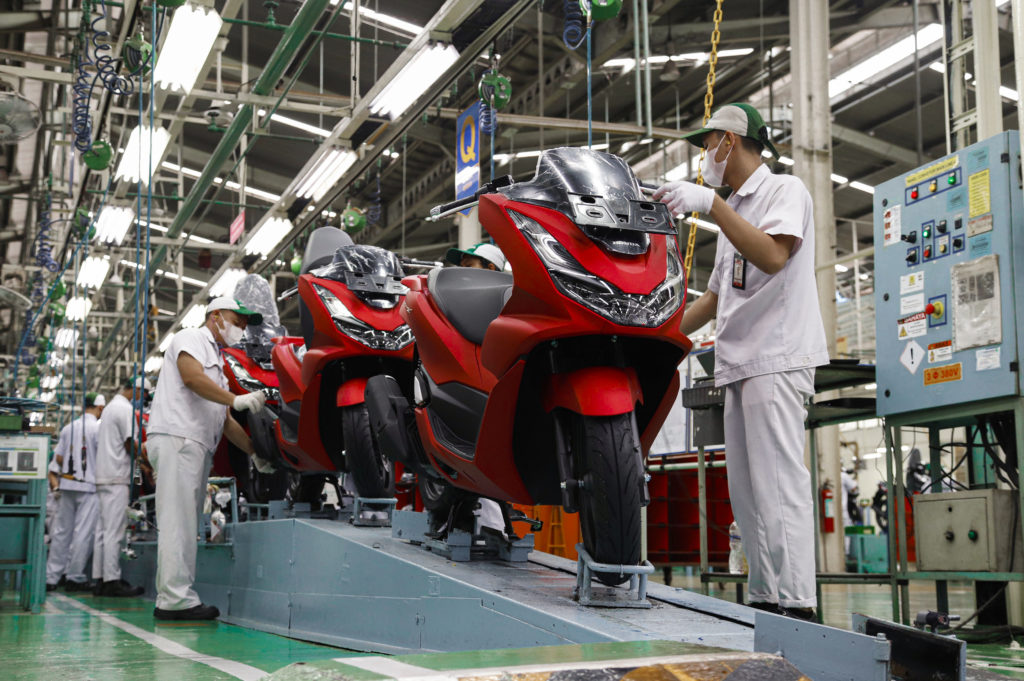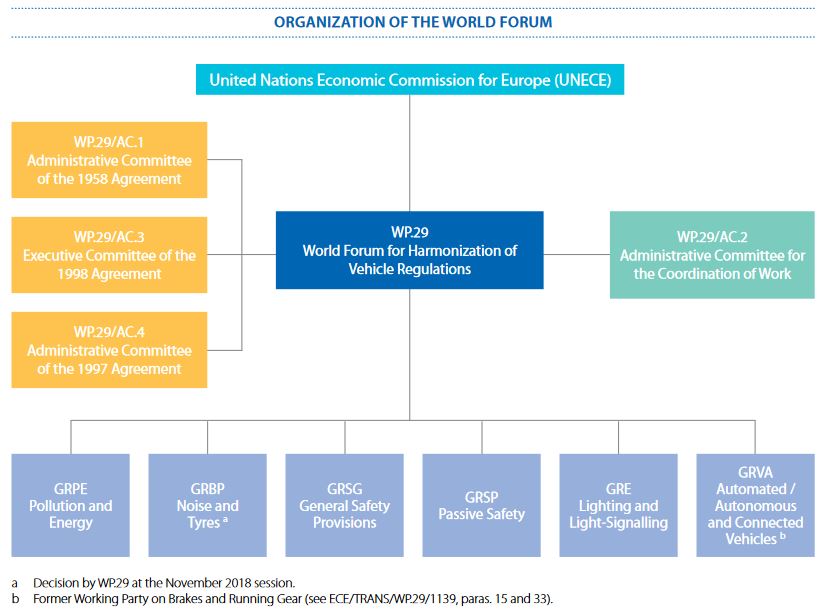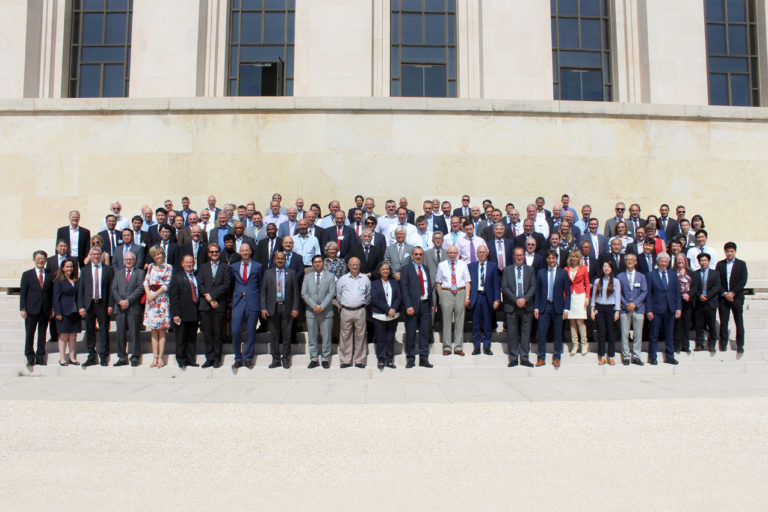
Global manufacturers face a wide variety of regulations, often aimed at achieving the same purpose, but differing for historical or geographical reasons.
Harmonizing these regulations world-wide, offers savings in technical resources, which can be better applied elsewhere, to produce superior, cleaner, and safer vehicles. It offers the possibility of reducing production complexity, thus lowering costs and prices and offering a wider choice of vehicles to all consumers.
Varieties in testing methods and fuel norms, for instance, lead to additional and unnecessary development costs.
Harmonization means eliminating unnecessary differences and bringing regulations closer together. Where possible and practical, a single vehicle specification can be built to satisfy all requirements, while considering regional differences and specificities.
Standardization through the development of voluntary common specifications for products, processes, services, and components is an important first step to achieve harmonization as well as to create economies of scale for technical items that both remain unregulated or are regulated in a later stage.
Harmonizing standards and requirements is extremely important for the global PTW manufacturing industry. Conflicting requirements slow down progress and present trade barriers. The consistency of technical requirements helps consumers worldwide to have access to new and affordable technologies.
IMMA participates in a consultative capacity in the World Forum for Harmonization of Vehicle Regulations (WP.29) and its subsidiary working groups. The WP.29 has been in existence for more than 50 years with participants coming from all over the world and offers a unique framework for globally harmonized regulations on vehicles. The benefits of such harmonized regulations are tangible in road safety, environmental protection, and trade.


Overall, the regulatory framework developed by the World Forum WP.29 allows the market introduction of innovative vehicle technologies, while continuously improving global vehicle safety. It enables decreasing environmental pollution and energy consumption, as well as the improvement of anti-theft capabilities.
The framework is also instrumental for fostering and facilitating cross-border trade, especially thanks to the 1958 Agreement which provides reciprocal acceptance of approvals of vehicle systems, parts, and equipment issued by other Contracting Parties.
The 1958 and the 1998 Agreements allow technology neutral performance requirements, enabling both continuous innovation and technical progress and markets to gradually and progressively step up their requirements to the latest state of the art.
The WP.29 enables a fair and open competitive environment for vehicle manufacturers.
When implementing new technologies in legislation, policy makers should take into consideration the regional diversity of PTWs, the users and their usage types, as well as the great variation in road infrastructure, traffic conditions, and stages of economic development.
In some cases, the harmonized application of the latest international standards and regulations should precede the mandatory application of new technologies by government administrations.
Harmonization presents benefits that go well beyond increased efficiency and cost reduction. These benefits lie mainly in the fields of trade, security, and sustainability.
Under WP.29, PTWs are referred to as L-category vehicles and are represented by the following two key regulatory instruments:
UN Regulations contain provisions (for vehicles, their systems, parts, and equipment) related to safety and environmental aspects. They include performance-oriented test requirements as well as administrative procedures. The latter address the type approval (of vehicle systems, parts, and equipment), the conformity of production (i.e. the means to prove the ability, for manufacturers, to produce a series of products that exactly match the type approval specifications) and the mutual recognition of the type approvals granted by Contracting Parties.
UN GTRs contain globally harmonized performance-related requirements and test procedures. They provide a predictable regulatory framework for the global automotive industry, consumers, and their associations. They do not contain administrative provisions for type approvals and their mutual recognition.

© 2024, WWW.IMMAMOTORCYCLES.ORG